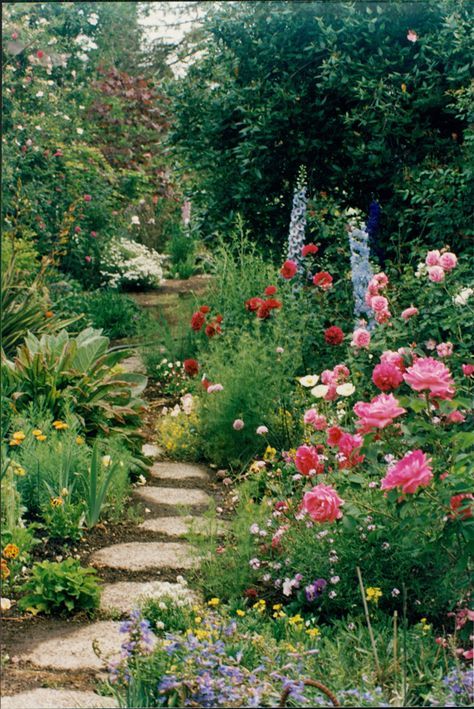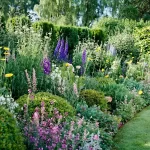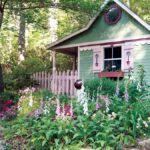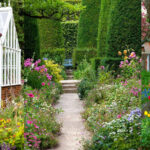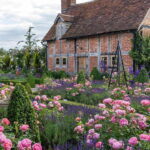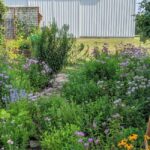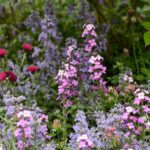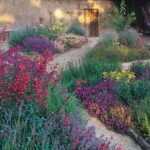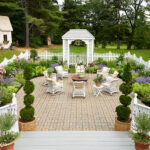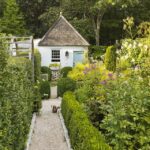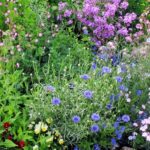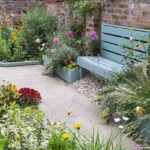A cottage garden is a charming and romantic style of gardening that harks back to simpler times. Originally developed in England during the 19th century, cottage gardens are characterized by their informal design, abundance of flowers, and mix of ornamental and edible plants. The overall look is lush, wild, and slightly untamed, giving the impression of a garden that has been allowed to grow and flourish on its own.
One of the key elements of a cottage garden is its diverse plantings. Traditional cottage gardens are filled with a mix of perennials, annuals, herbs, and vegetables, all jumbled together in a riot of color and texture. Some common flowers found in cottage gardens include roses, foxgloves, delphiniums, and peonies, while herbs like lavender, thyme, and rosemary are often interspersed throughout. This blending of ornamental and functional plants not only creates a visually appealing garden but also provides a practical and sustainable use of space.
Cottage gardens are also known for their informal layout. Paths meander through the garden, bordered by flowers and shrubs, creating a sense of discovery and enchantment as visitors wander through. Low stone walls, picket fences, and arbors covered in climbing roses or vines add to the cozy, rustic feel of a cottage garden. Unlike formal garden styles, cottage gardens are not meticulously planned or manicured, but rather allowed to grow in a more natural and free-form way.
Maintaining a cottage garden requires a more relaxed approach than other styles of gardening. While some pruning and weeding is necessary to keep the garden looking its best, cottage gardens are meant to have a slightly wild and unkempt look. This means allowing plants to self-seed, letting flowers grow where they please, and embracing a certain level of imperfection. By embracing the wild and natural beauty of a cottage garden, gardeners can create a space that feels alive and vibrant, with a sense of whimsy and charm.
In addition to their beauty, cottage gardens also serve practical purposes. The mix of flowers, herbs, and vegetables provides a diverse habitat for beneficial insects, pollinators, and birds, helping to create a healthy and sustainable ecosystem. Many of the plants grown in cottage gardens are also edible or have medicinal properties, adding a functional aspect to their beauty. By incorporating traditional cottage garden elements like bee skeps, birdhouses, and water features, gardeners can further enhance the wildlife-friendly nature of their garden.
Overall, cottage gardens are a delightful and nostalgic style of gardening that appeals to both seasoned gardeners and beginners alike. Their relaxed and informal design, abundant plantings, and mix of ornamental and functional plants create a charming and inviting space that evokes a sense of nostalgia and whimsy. Whether tucked away in a small backyard or sprawling across a country estate, cottage gardens bring a sense of joy and beauty to any outdoor space.
